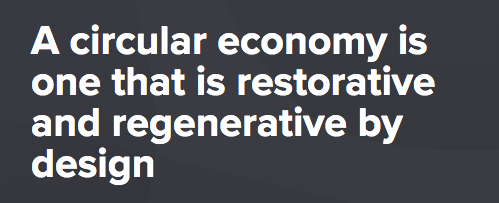Of all the systems conditions when considering a sustainable future it is economy that is least understood in schools and beyond. The misperception of economy and healthy natural systems being in conflict is just that, a misperception. There are so many great examples of companies and organizations operating in sustainable ways and it is definitely time to highlight these examples for positive next steps. My favorite organization working on our transition to the circular economy is the Ellen MacArthur Foundation.  A non profit doing amazing things in academia, for schools, and for organizations, this team of dedicated world changers are really making an impact for a positive future.
A non profit doing amazing things in academia, for schools, and for organizations, this team of dedicated world changers are really making an impact for a positive future.
Start with this basic understanding of what the circular economy is from Ted Ed. At any workshop that I have introduced attendees to EMF the reaction is often the same, “where has this been for my whole life?, I now understand how a generative economy can work and what we are aiming for”. We often leave the teaching and learning of economic systems to high school and beyond and by then it can be singular tracks of economic models relayed. We should be learning about the economy much earlier in school. EMF provides the resources to do so.  Take a look at their Kumu map of resources available for free to help in your journey to work towards a restorative and generative economy. They provide many examples of companies getting creative for our collective future. Here are 5 case studies that we use during Compass Education courses to get you started.
Take a look at their Kumu map of resources available for free to help in your journey to work towards a restorative and generative economy. They provide many examples of companies getting creative for our collective future. Here are 5 case studies that we use during Compass Education courses to get you started.
Dig in and enjoy! The idea that a thriving economy must come at the expense of our natural world and peoples wellbeing is simply not true. Lets change that mental model through deep connected learning in schools and then have generations of creative, mindful students creating the future we all desire, happy, healthy, and connected.
What are your best economic resources? Please share.


